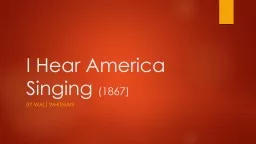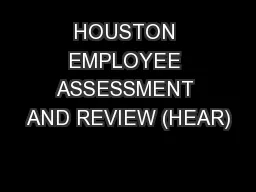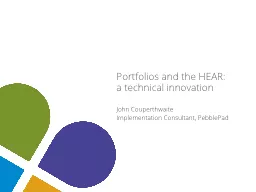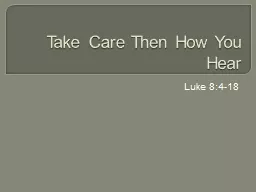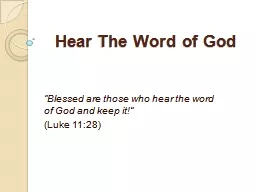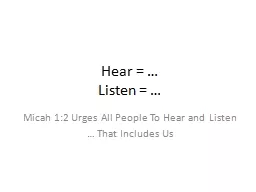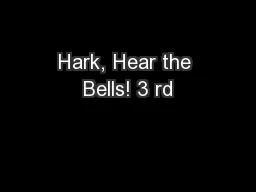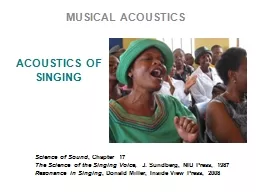PPT-I Hear America Singing
Author : ellena-manuel | Published Date : 2017-03-24
1867 By Walt Whitman I Hear America Singing by Walt Whitman I HEAR America singing the varied carols I hear Those of mechanics each singing his as it should be
Presentation Embed Code
Download Presentation
Download Presentation The PPT/PDF document "I Hear America Singing" is the property of its rightful owner. Permission is granted to download and print the materials on this website for personal, non-commercial use only, and to display it on your personal computer provided you do not modify the materials and that you retain all copyright notices contained in the materials. By downloading content from our website, you accept the terms of this agreement.
I Hear America Singing: Transcript
Download Rules Of Document
"I Hear America Singing"The content belongs to its owner. You may download and print it for personal use, without modification, and keep all copyright notices. By downloading, you agree to these terms.
Related Documents

